Creating a piece of art often isn’t as simple as just putting a bit of paint, pencil, wax crayon or any other medium on canvas. It’s about planning it out, seeing where things go, trial and error and using techniques many wouldn’t have thought possible.
It has recently been discovered that Leonardo da Vinci used a rare material in his most famous piece of art, the Mona Lisa. But what’s even more unusual is that the rare material he used was typically only used in art over 100 years later.
The Arts Are a Struggling Industry
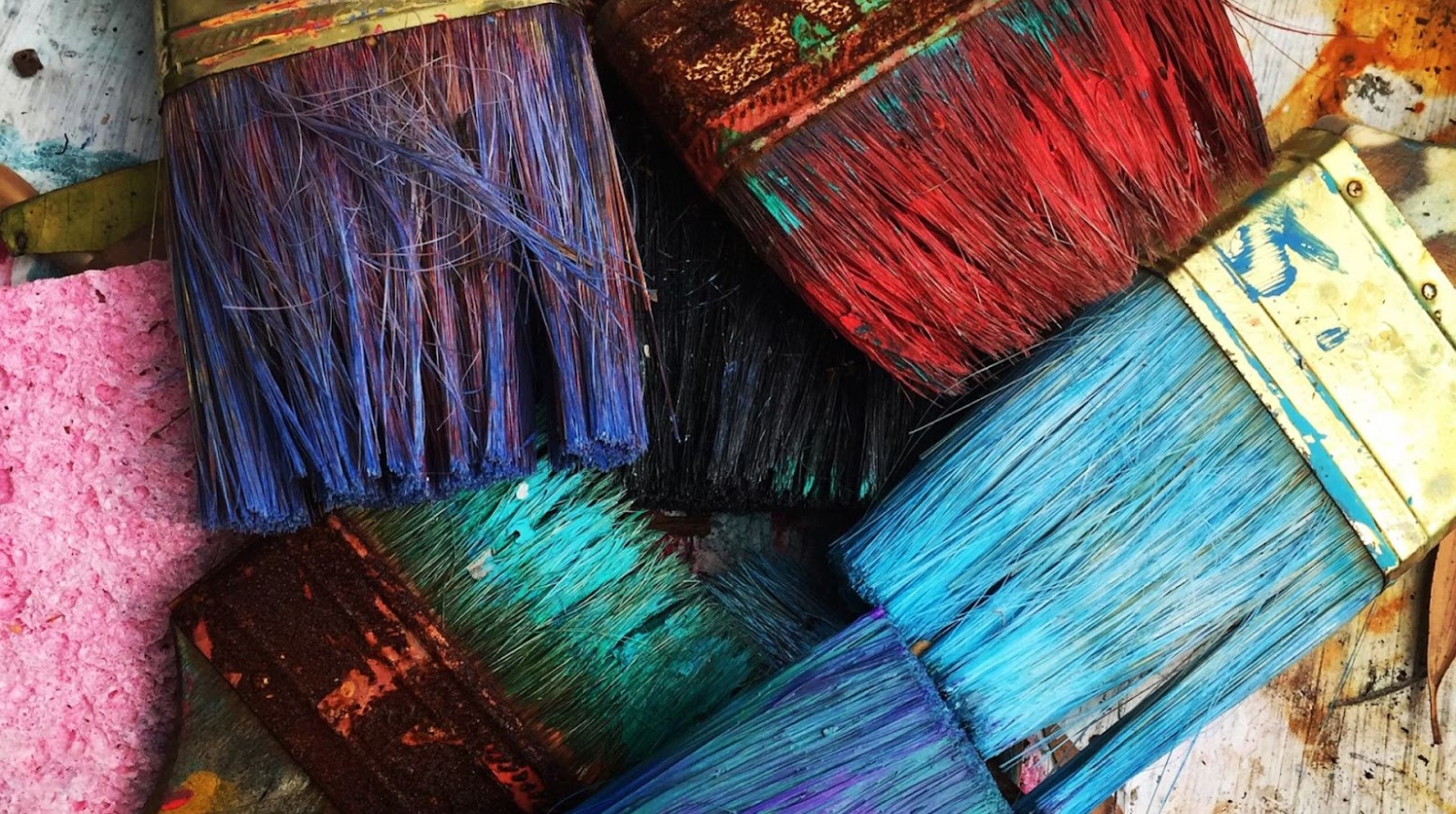
The arts have struggled for many years, whether painting, acting or music. Many people have long said that it is essential to save the arts, as young people wanting to study an arts subject are often told that it is a waste of time and they won’t get anywhere.
Student loans for studying arts subjects also tend to be relatively high. However, President Joe Biden has decided to forgive 317,000 art students with a combined student loan debt of $6.1 billion.
Artwork Can Bring Out Different Opinions and Feelings
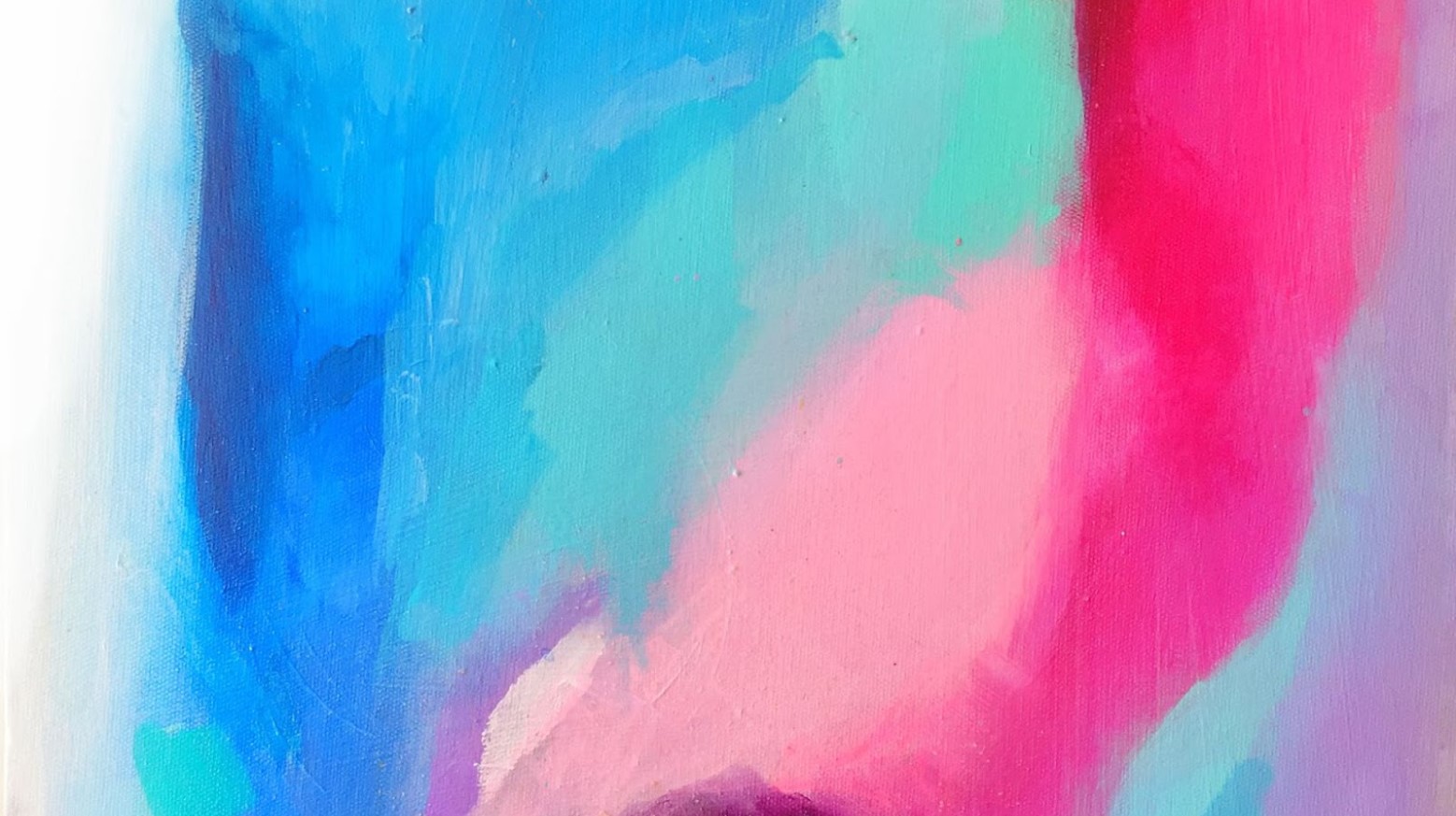
Part of the point of art is to elicit a diverse mix of opinions, emotions and feelings. For example, what the artist is trying to portray in the art might not be what others who see it feel.
Another example is that many pieces of artwork were painted when different opinions were held, and some people now find these pieces offensive. This includes some of the artwork in New York’s state capitol building, which Governor Kathy Hochul believes is offensive to Native Americans.
Some Paintings Are Worth Millions
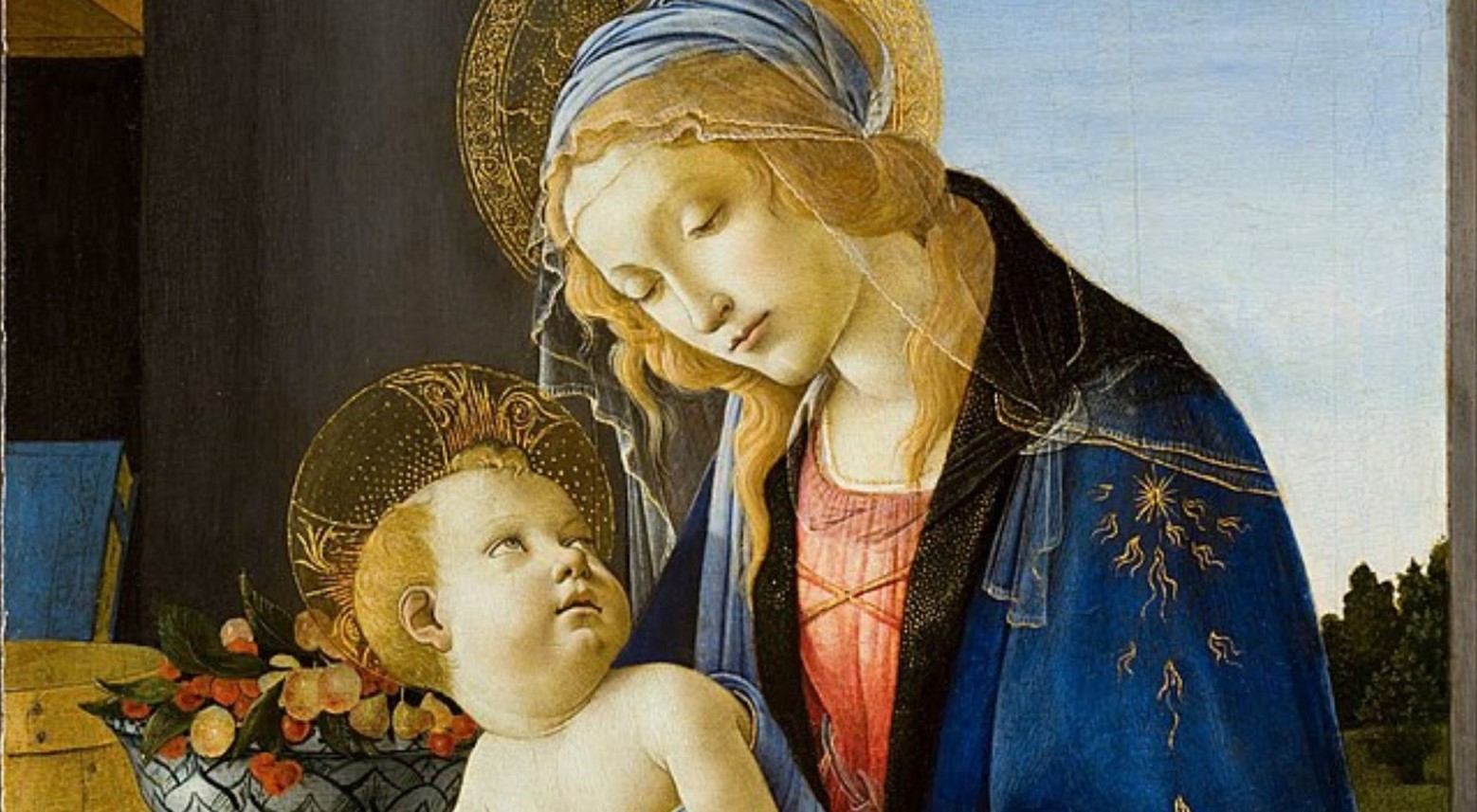
It has often been said that many artists struggle with their work and don’t tend to earn a lot of money from it. However, sometimes, they are able to produce at least one piece that makes everything worth it.
A painting by Sandro Botticelli is worth $109 million and was initially taken down from the chapel where it was hung in the 1960s to protect it from theft. One Italian family had been looking after it for decades but decided to turn it into the Italian authorities due to its importance.
Rare Mineral Compound Detected
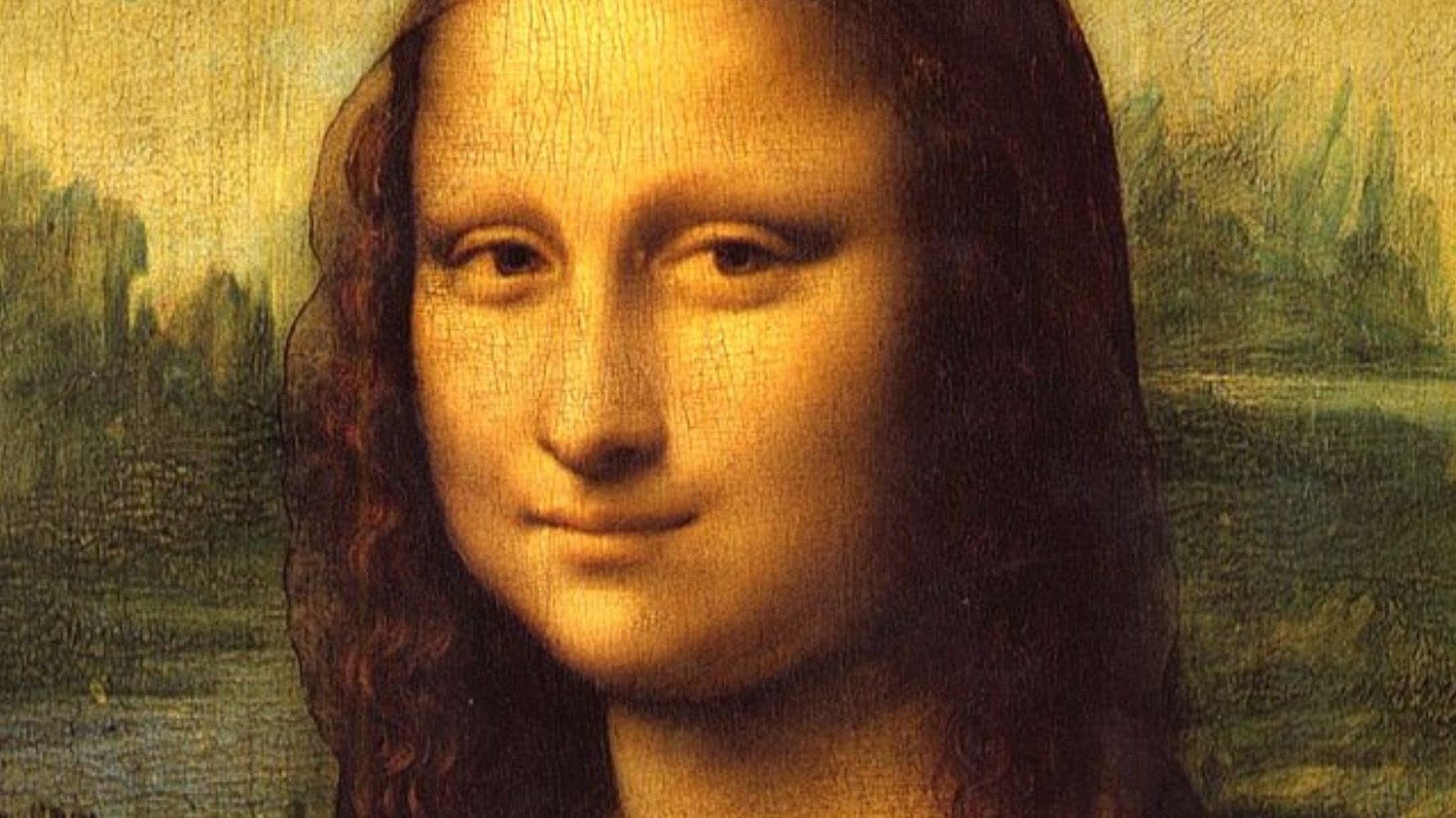
A group of scientists in France and Britain carried out an X-ray diffraction and infrared spectroscopy on the Mona Lisa, and they found a rare mineral compound within it.
This finding can give new insights into how da Vinci painted his work in the 1500s. As well as a painter, the use of the compound appears to have given him the status of an innovative chemist.
Compound Used in the 17th Century
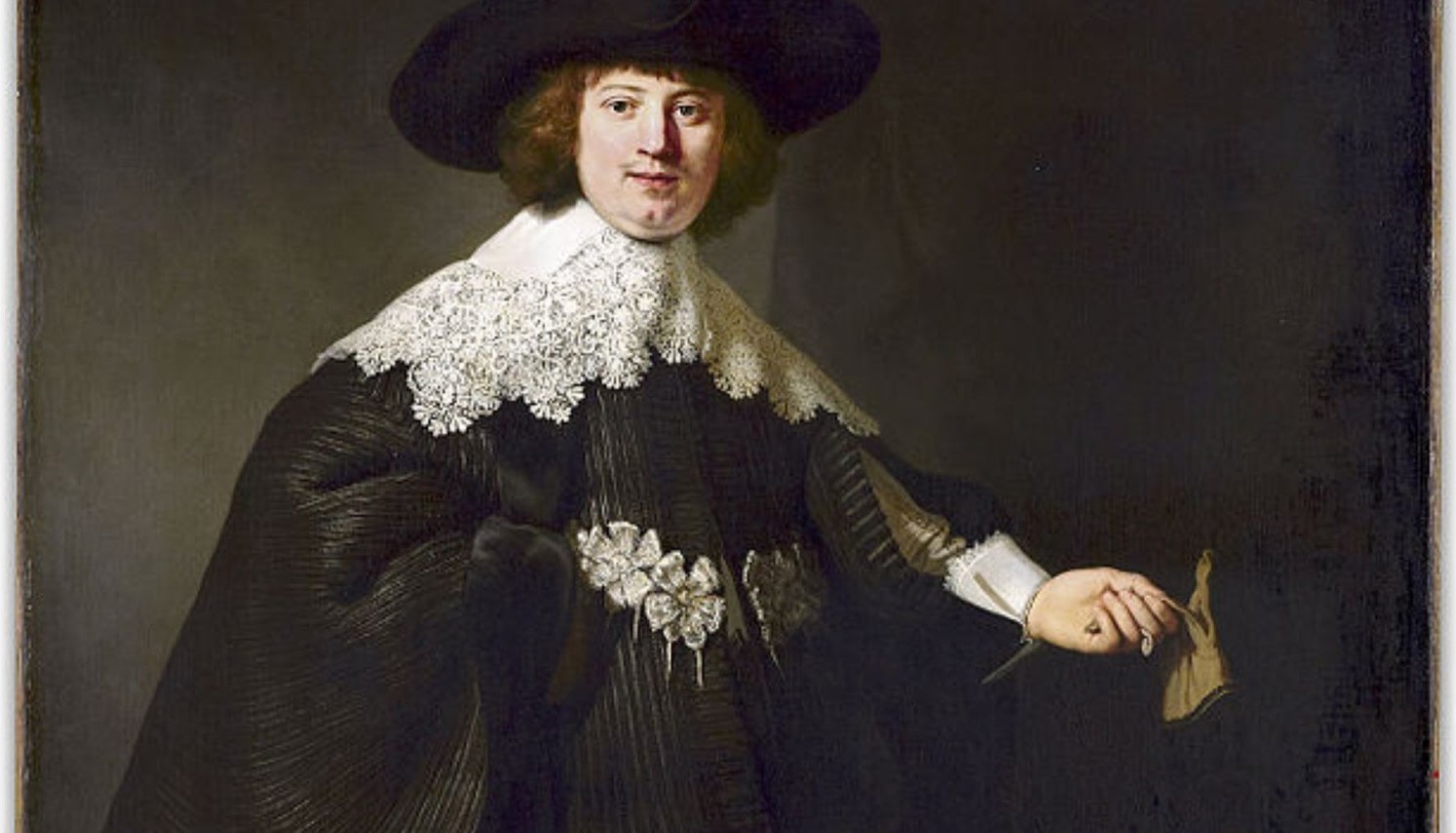
What is most unusual about this compound is that it was typically first used by 17th-century artists. Rembrandt is the most well-known artist to have used it.
This means that lead white pigment, oil and the compound known as plumbonacrite were used when painting the Mona Lisa. This compound wasn’t previously thought to have been used in work from the Italian Renaissance.
How Does Plumbonacrite Work?
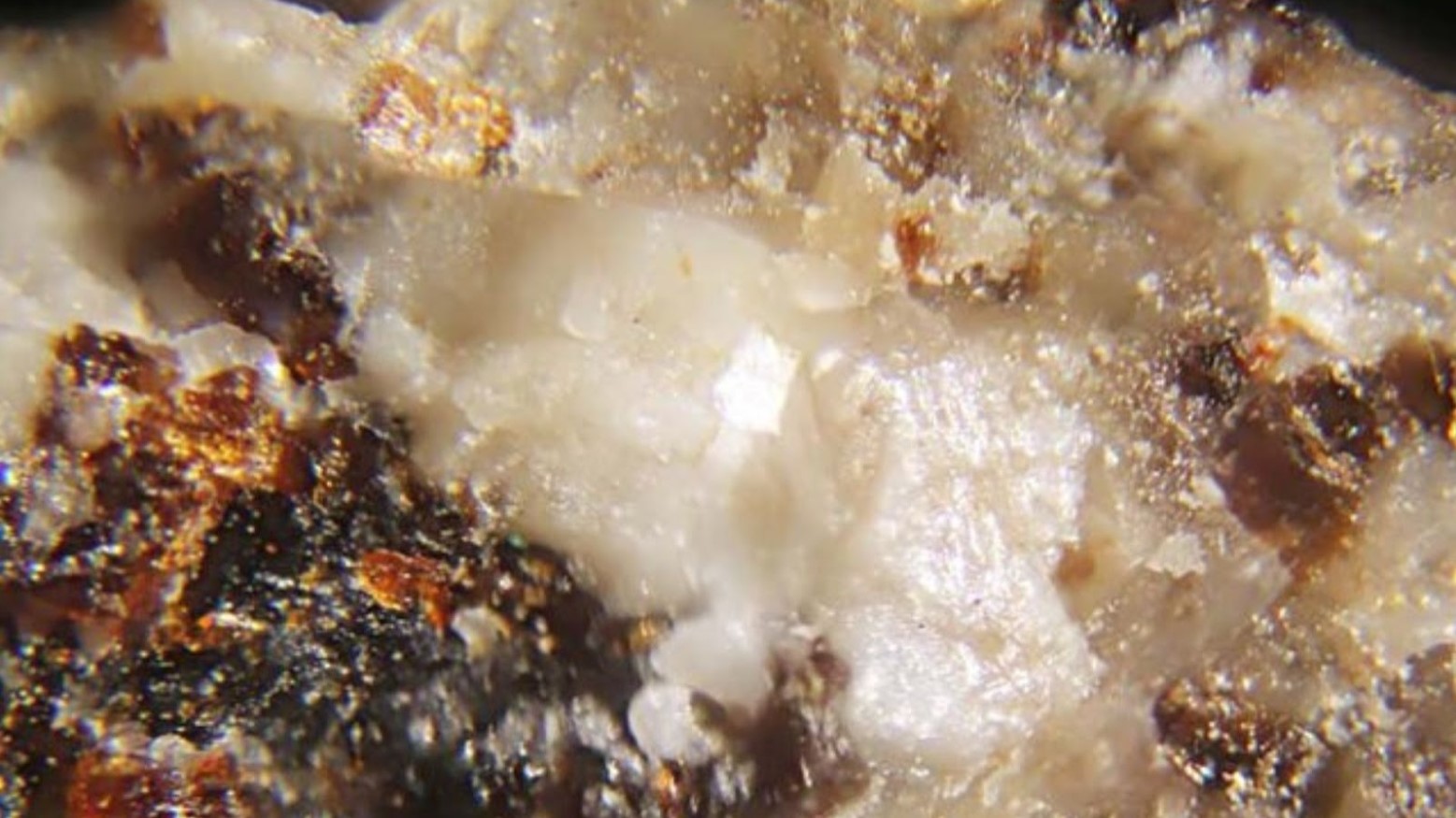
Plumbonacrite forms when lead oxides are combined with oil. If both are mixed together on a palette, it helps the paint dry quicker than if the artist created a painting without it.
The main suggestion from this study is that da Vinci was the first user of plumbonacrite in art, and there is the potential that other artists of that time had heard of him using this technique and done the same, although there is currently no evidence of this.
Leonardo Da Vinci Was an Experimenter
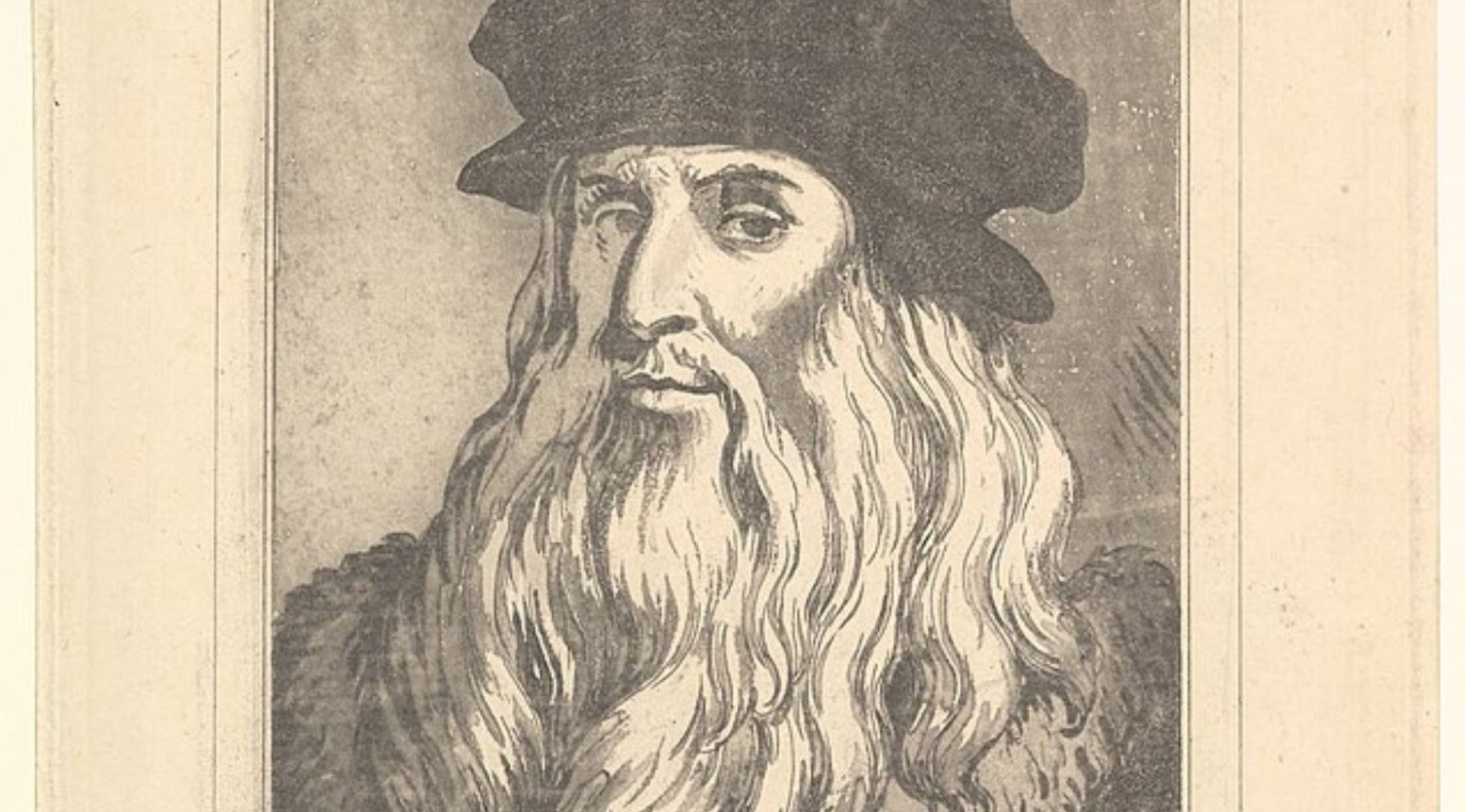
All artists tend to experiment with different mediums. However, only some people experiment with things that have never been done before. This is the beauty of art, as artists can create anything and have it be viewed as a work of art.
Da Vinci was known for being an experimenter. He constantly attempted to improve the knowledge surrounding art by experimenting with his own work.
How Were Paintings From the 1500s Created?

It’s easy for artists these days to showcase how they create their art. They can film the process from conception to reality and show exactly what materials they use.
However, determining how paintings from the 1500s were made can be difficult. What is known is that artists during this time painted on wooden panels and needed to apply a thick layer of paint before the artwork was created.
Most Artists Used Gesso
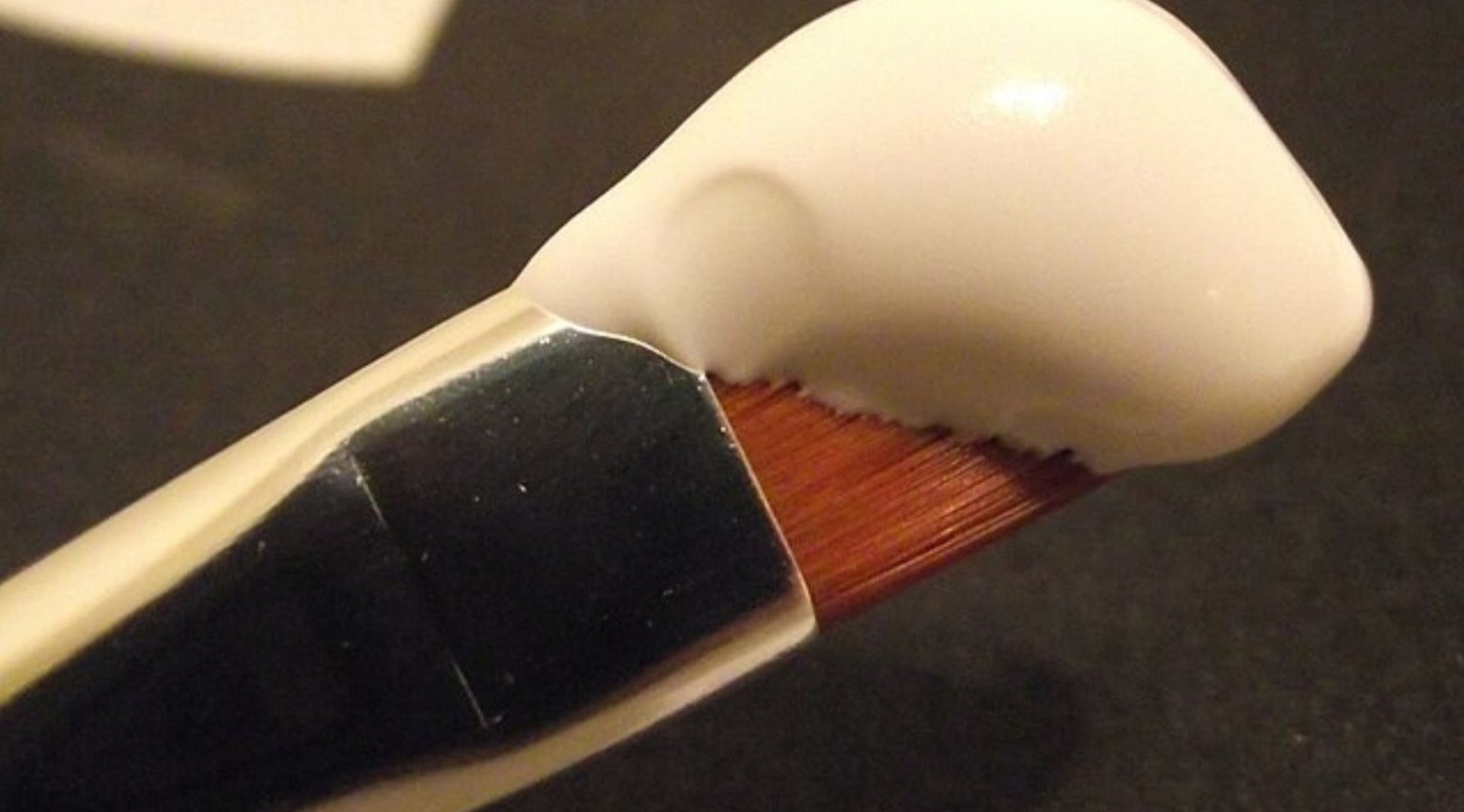
Most artists from the 1500s tended to use gesso, a compound derived from the plaster of Paris. However, da Vinci decided to use a different method.
It is currently believed that da Vinci was the first artist to use plumbonacrite as the base layer of his paintings. So far, it has been found that he used it on the Mona Lisa and the Last Supper. Plumonacrite is an orange pigment that provides specific drying properties for the paint above it.
Plumbonacrite Is Toxic

What may not have been known at the time is that plumbonacrite is a toxic substance. It would be hoped that da Vinci and any other artists that used the substance would have taken the necessary precautions to not be affected by it.
As it’s currently only known that he used the substance on two of his paintings, it is unknown whether he felt it was an excellent substance to use or whether he thought other more well-known substances at the time were better.
Leonardo Da Vinci and His Writings
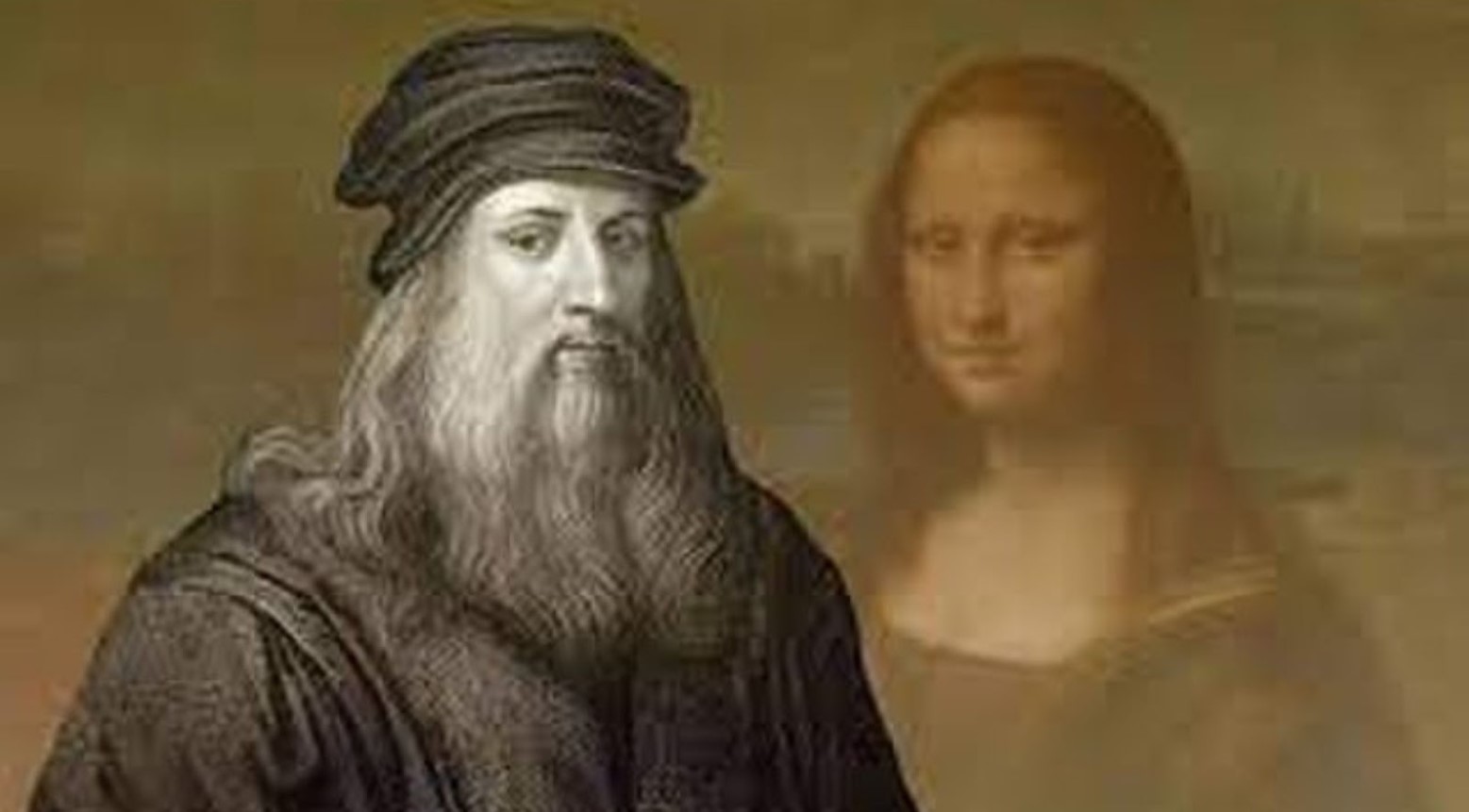
Various aspects of da Vinci’s life are known because he wrote down a lot of what he did. However, he only wrote that he used plumbonacrite for skin and hair remedies.
There is still much mystery surrounding da Vinci’s use of plumbonacrite in his most iconic paintings. Maybe this is what helped them become so famous. But regardless, one thing this does serve to prove is his status as an iconic experimenter who changed the art landscape forever.
